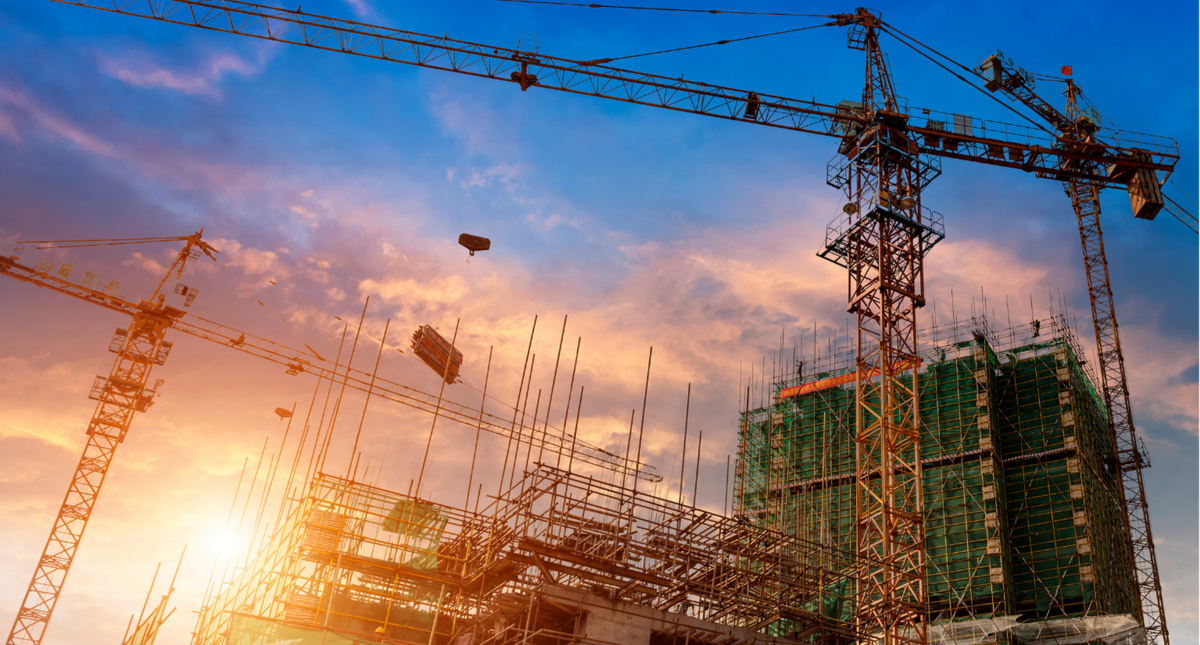12 July 2021

Double-digit growth is forecast for construction in 2021 with major supply and demand risks ahead. This is already causing unprecedented pressure on materials and labour.
Industry experts are predicting that the sharp rise is set to continue for at least another six months which will have knock on effects for new builds, repair and maintenance projects. The Office for National Statistics is projecting a rise of 7-8% in material prices, with some, such as timber, expected to more than double during the year.
Why are prices rising?
There are a number of factors that are driving a perfect storm:
- Five key materials are in short supply – timber, cement, steel, aggregates, and plastics. As availability has dropped, prices have risen.
- A spike in shipping and transportation costs over the last year (see below).
- Covid-19 lockdowns, renovation and the expected bounce back have caused unprecedented demand from both the commercial and private sectors.
- Brexit factors are affecting the ability to import. As much as 90% of Britain’s softwood building requirements are sourced from Europe.
- Figures from the Construction Products Association show that the UK lost more than a quarter of its EU-born construction workforce between January 2020 and January 2021.
- Extensions to the stamp duty holiday, Help to Buy and job support schemes are expected to help sustain demand in private housing repairs and improvements.
Rising shipping costs
"Shipping costs have risen sharply due to a shortage of empty containers from Covid-19-related issues and the sharp recovery in global demand…
…the cost of shipping a 40ft container from Asia to Northern Europe soared from $1,500 (£1,061) in summer 2020 to more than $8,300 (£5,873) by May 2021.”
Noble Francis, Construction Products Association
What are the risks?
Underinsurance - The rise in building materials could mean both commercial and private properties are underinsured. This is because it is the rebuild value not the market value which is important.
Market values can be very different to rebuild costs. We recommend up-to-date professional valuations to ensure sums insured are accurate. We can arrange these including remote desktop valuations. The sum insured should also include other costs such as architect’s and planning fees and where required VAT.
Supply chain - A shortage of materials and difficulty in obtaining them can really hit SMEs. Larger firms can mitigate the risk by stockpiling through a Just in Case (JIC) rather than Just in Time (JIT) strategy. Assessing your supply chain risks is essential. This could be a good time to speak to the risk management team who can help you build a robust risk management plan. You may also want to review your trade credit insurance arrangements to protect revenue, improve cash flow and provide an early warning system. Find out more about how we can help here.
Claims - In the event of a buildings or property damage claim there could be delays in repairs. Our claims team will provide reassurance and help and support you every step of the way to ensure you achieve a speedy resolution with as little disruption as possible. We also have claims guides and a 24/7 claims helpline.
What next?
If you need help or advice about any of the issues raised in this article, please contact us.
